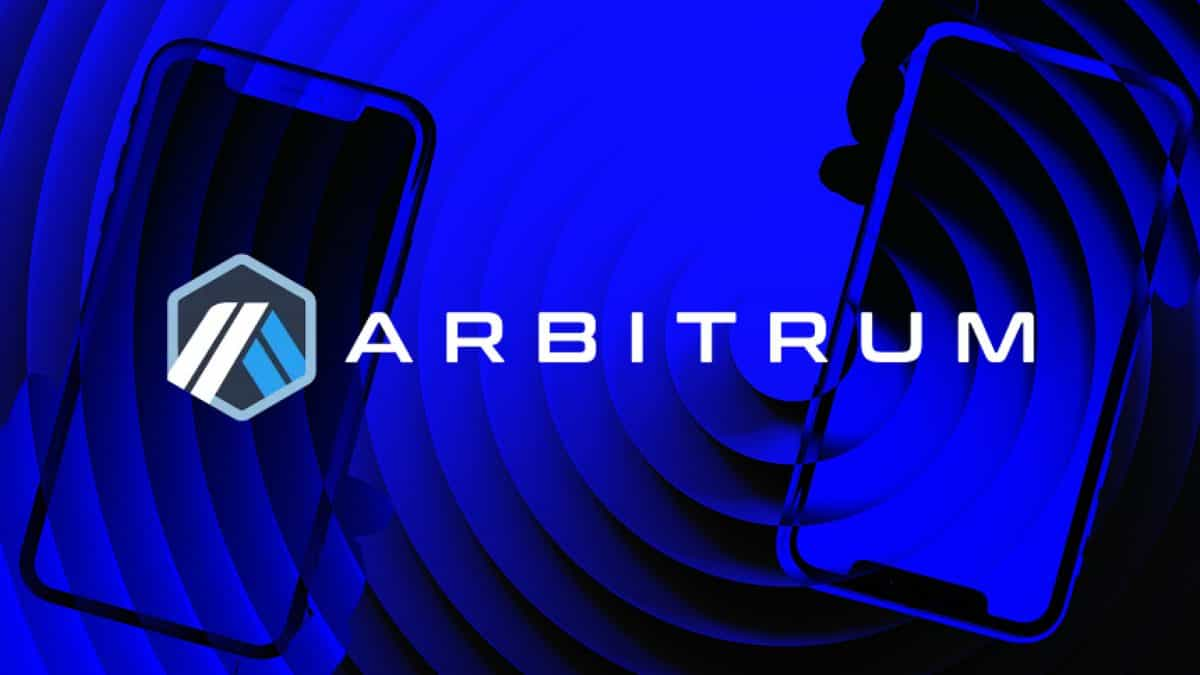

XAI 價格XAI
您今天對 XAI 感覺如何?
XAI 今日價格
XAI 的最高價格是多少?
XAI 的最低價格是多少?
XAI 價格預測
什麼時候是購買 XAI 的好時機? 我現在應該買入還是賣出 XAI?
XAI 在 2026 的價格是多少?
XAI 在 2031 的價格是多少?
XAI 價格歷史(TWD)
 最低價
最低價 最高價
最高價 
XAI 市場資訊
XAI 持幣分布集中度
XAI 地址持有時長分布

XAI 評級
XAI (XAI) 簡介
了解XAI Token: 從歷史背景到關鍵功能
XAI Token的導入
加密貨幣是一種新興的數字化資產類型,其以區塊鏈技術作為基礎,確保了其獨特性和安全性。在眾多的加密貨幣中,XAI Token以其獨特的特性和重要的應用在此次討論之中脫穎而出。在這種數位貨幣世界中,XAI Token已迅速成為必要的日常元素。
XAI Token的歷史背景
去中心化金融(DeFi)作為區塊鏈技術的主要應用之一已經引起了廣泛的關注。不同於傳統金融系統的是,它消除了中間人,確保用戶能夠直接控制自己的資金。XAI Token正是在這種獨特的背景之下誕生的。
XAI Token的創建者憑藉其深入的區塊鏈行業經驗,發明出了這種加密貨幣。他們希望通過提供安全、高效並且易於使用的解決方案,使更多的人能夠接觸並利用區塊鏈與加密貨幣。
XAI Token的關鍵特性
XAI Token不同於其他的加密貨幣有許多方面的原因:
-
用戶擁有自由及自主:XAI Token用戶可以自由擁有和掌控自己的資產。他們可以自由地發送和接收貨幣,且不受任何限制,使得資金流動更加自由。
-
安全與透明:XAI Token的所有交易都會記錄在區塊鏈上,這代表所有的交易都是公開且透明的。
-
無邊界的交易:在全球任何地方,只要有互聯網,就可以方便的發送和接收XAI Token,大大降低了交易的複雜度和障礙。
-
即時的交易:依靠區塊鏈技術,XAI Token的交易幾乎可以立即完成,節省了大量的處理時間。
以上就是XAI Token的一些關鍵特性。它為我們展示了去中心化金融未來的可能性,為我們解鎖了全新的金融體驗。作為加密貨幣的一種,XAI Token已經給予我們深入了解和參與這一前沿技術的機會。在未來,XAI Token可能會在更廣泛的使用場景中找到它的應用。
XAI 兌換當地法幣匯率表
- 1
- 2
- 3
- 4
- 5
XAI 動態



快速摘要 Offchain Labs 聘請了前納斯達克數位資產負責人 Ira Auerbach 來領導其合作工作室和風險投資部門 Tandem。Tandem 旨在通過資金、技術專長和戰略指導支持區塊鏈項目。


購買其他幣種
用戶還在查詢 XAI 的價格。
XAI 的目前價格是多少?
XAI 的 24 小時交易量是多少?
XAI 的歷史最高價是多少?
我可以在 Bitget 上購買 XAI 嗎?
我可以透過投資 XAI 獲得穩定的收入嗎?
我在哪裡能以最低的費用購買 XAI?
在哪裡可以購買加密貨幣?
影片部分 - 快速認證、快速交易

Bitget 觀點




相關資產


































